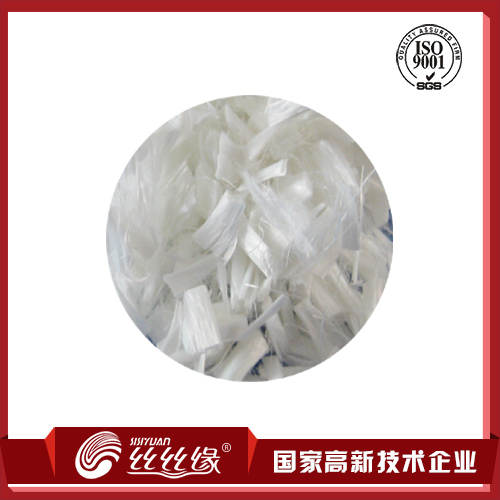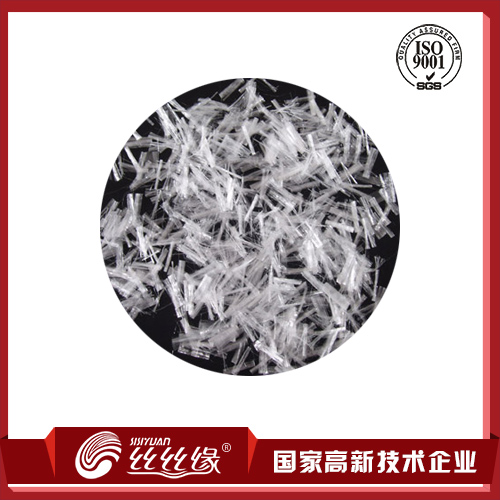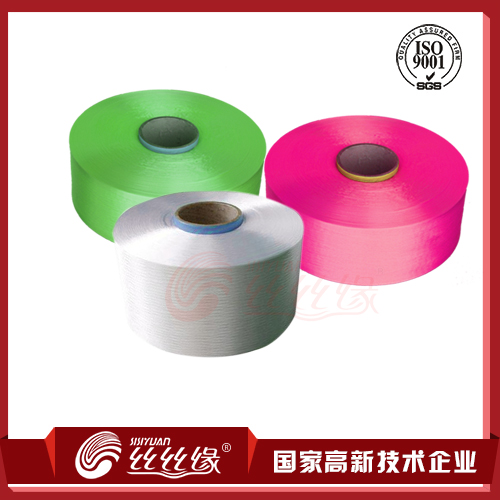
There are five main points in the performance characteristics of polypropylene engineering fibers that need to be known:
(1) Light weight
polypropylene engineering fibers have a density of 0.90-0.92 g/cm3, which is the lightest among all chemical fibers, 20% lighter than nylon, 30% lighter than polyester, and 40% lighter than viscose fiber, so it is suitable for winter clothing. The fabric of the floc packing or ski wear, mountaineering clothing, etc.
(2) high strength, good elasticity, wear resistance, corrosion resistance
The high strength of polypropylene (the same under dry and wet conditions) is an ideal material for making fishing nets and cables; its wear resistance and resilience are good, its strength is similar to that of polyester and nylon, and the rebound rate is comparable to that of nylon and wool. Lun, viscose fiber is much larger; polypropylene has poor dimensional stability, easy to pilling and deformation, anti-microbial, and flawless; chemical resistance is superior to general fiber.
(3) Electrical insulation and warmth
Polypropylene engineering fiber has high electrical resistivity (7×1019 Ω·cm) and low thermal conductivity. Compared with other chemical fibers, polypropylene has the best electrical insulation and thermal insulation, but it is easy to generate static electricity during processing.
(4) Poor heat and aging resistance
polypropylene engineering fibers have a low melting point (165~173 °C) and poor stability to light and heat. Therefore, polypropylene has poor heat resistance and aging resistance and is not resistant to ironing. However, it is possible to improve the anti-aging property by adding an anti-aging agent at the time of spinning.
(5) poor hygroscopicity and dyeability
The hygroscopicity and dyeability of polypropylene engineering fibers are the worst in chemical fibers, hardly hygroscopic, and their moisture regain is less than 0.03%. Fine-denier polypropylene has a strong wicking effect, and water vapor can be removed by capillary tubes in the fiber. After the garment is made, the comfort of the garment is good, especially the ultra-fine polypropylene fiber, which can transmit sweat more quickly and maintain the comfort of the skin due to the increased surface area. Because the fiber is not hygroscopic and the shrinkage rate is small, the polypropylene fabric has the characteristics of easy washing and quick drying.
The dyeability of polypropylene is poor, the color is light, and the color fastness is poor. Ordinary fuels can not be dyed, and most of the colored polypropylene is produced by pre-spinning. The raw liquid coloring, fiber modification, and the fuel complexing agent may be blended before melt spinning.
Do you know anything about the performance characteristics of polypropylene engineering fibers ?







